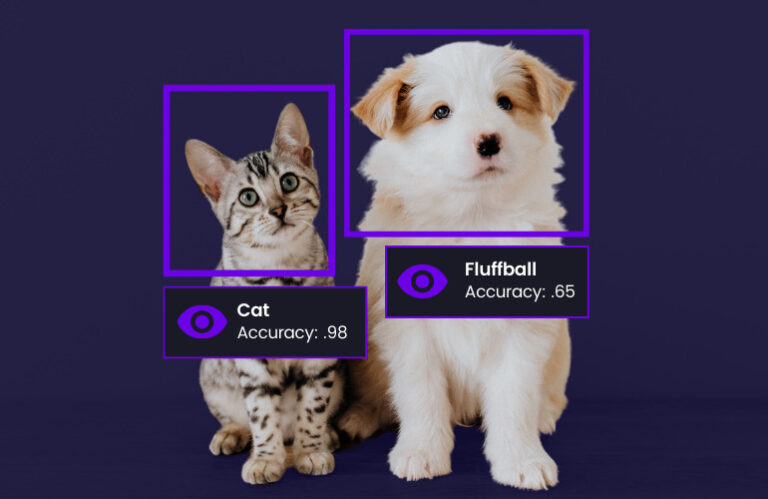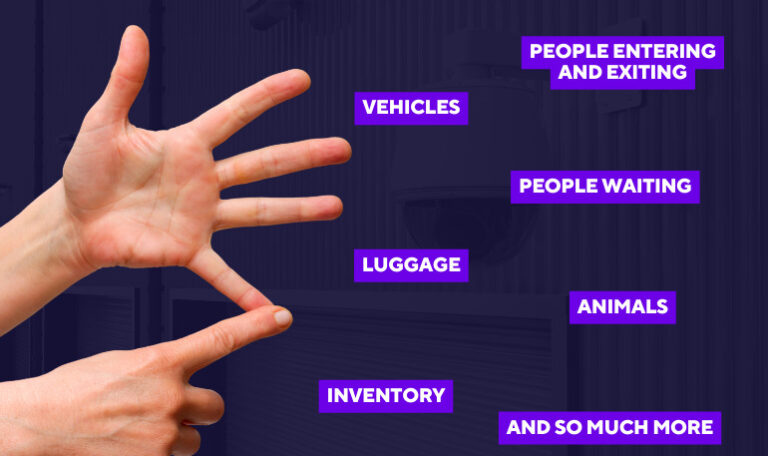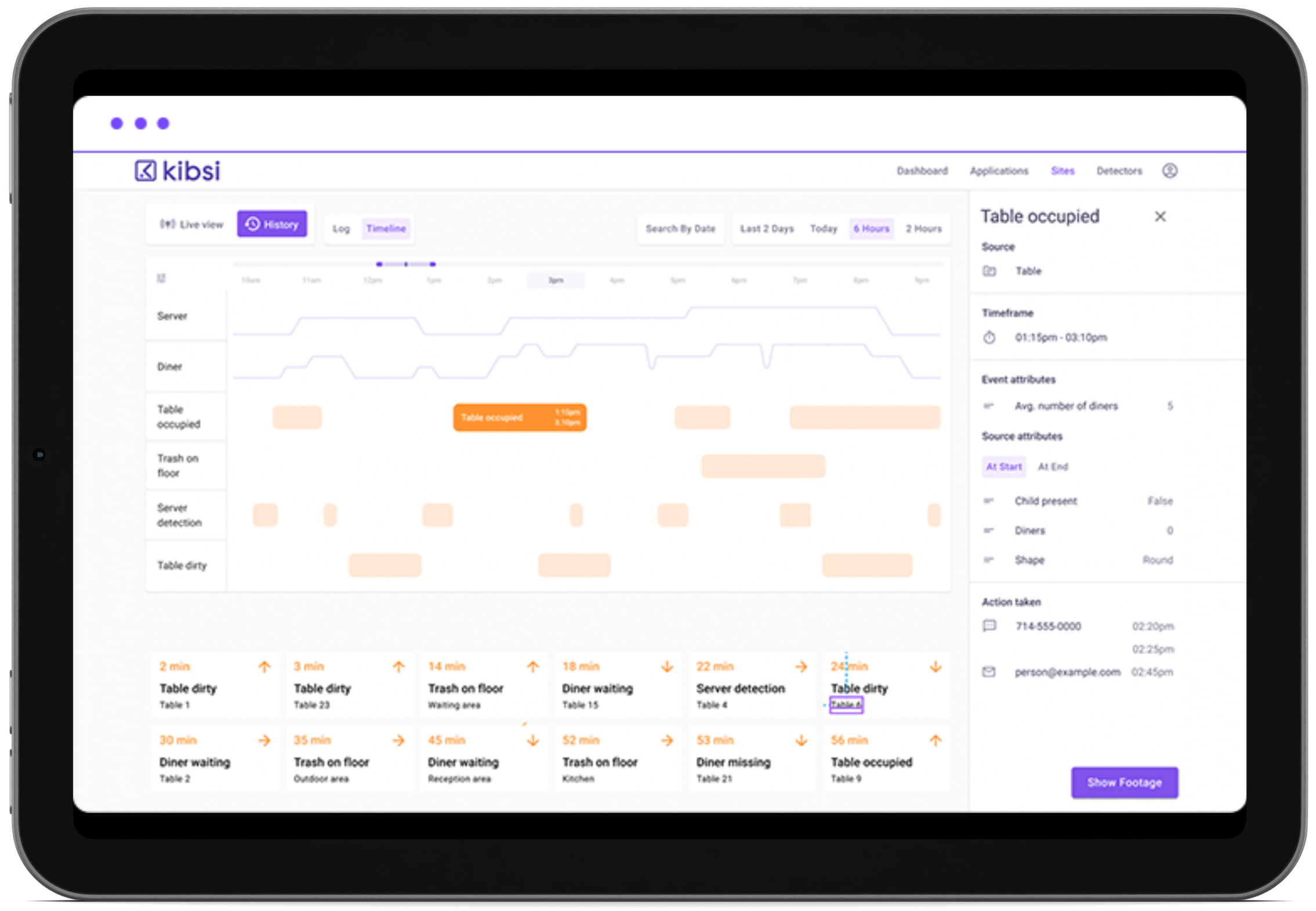Introduction
As the world becomes increasingly digitized, the demand for advanced technology in various industries grows. One area where this is particularly evident is the development of AI-powered computer vision platforms and neural networks, which are becoming more sophisticated and accurate every day. In this blog post, we will dive into an essential aspect of both computer vision and neural networks: model confidence. We will explore what it is, how it’s calculated, and how it works with video-based computer vision systems and other AI applications. Additionally, we’ll discuss why it’s more challenging to achieve high confidence with video and why model confidence matters in the realm of artificial intelligence.
What is model confidence?
Model confidence, or the degree of certainty a computer vision algorithm or neural network has in its predictions, is a critical aspect of any AI-powered system. Confidence scores, typically expressed as a percentage or a value between 0 and 1, represent how likely the model estimates its output is correct. For example, if a computer vision model identifies an object in an image as a car with a 95% confidence score, it can be interpreted as being 95% sure that there is an object present and that it really is a car.
How is model confidence calculated?
Confidence scores are generally calculated from the last couple of layers of the AI model. Typically, the model has an output layer consisting of neurons that represent different classes or categories. Each of these neurons generates a score, which is then often passed through a softmax function. This function normalizes the final layer’s scores into numbers that sum up to 1, like probabilities, which can be interpreted as confidence values. These confidence values are then interpreted as the likelihood that the model thinks an object or image is that class.
For example, if we’ve trained a model to detect cats vs. dogs, and for some images, the model detects a dog with a score of 0.9, we can say this model thinks there’s a dog there with 90% confidence.
People using models should know that they tend to be over-confident, but there are many ways to bring them back down to earth! This is called calibrating a model, and techniques such as Platt or temperature scaling can adjust the model’s confidence scores so that they better represent true probabilities.
How does model confidence work with video-based computer vision?
Model confidence plays a crucial role in video intelligence, as it helps ensure the accuracy of object detection, tracking, and recognition. In video-based computer vision, models analyze a series of image frames to identify and track objects over time. Confidence scores help the system differentiate between accurate predictions and false positives or negatives.
For instance, a video surveillance system might detect a person entering a restricted area. If the system has a high confidence score for this detection, security personnel can be alerted to take appropriate action. Conversely, if the confidence score is low, the system might dismiss the detection as a false positive, preventing unnecessary alerts. The specific threshold to prevent unnecessary alarms will vary from case to case, often depending on the consequences of missed detections.
What key challenges arise in video-based systems?
The video domain presents some unique challenges that aren’t always present in still frames or images:
- Tracking:
Videos have objects such as people or cats moving through them, and a video-based system should be able to track objects and know who is who. Systems can leverage temporal information such as speed or location, in addition to model confidence, to accurately track who’s who in videos. - Motion blur and occlusion:
Objects in videos can be partially or entirely obscured due to motion blur or occlusion, making it harder for the system to recognize and track them. This can lead to lower confidence scores or the model losing the object entirely in some cases. - Variability in lighting:
Videos often exhibit lighting variability, sometimes even within a short time of video. For example, as a car passes, it may suddenly emit glare from the sun at a specific location, which can affect surrounding detections. These variations can result in lower confidence, even resulting in some missed detections if the model can’t adequately course-correct.
The role of confidence scores in neural networks
- Evaluating model performance:
Confidence scores can be used to evaluate the performance of a neural network. For example, comparing the predicted confidence scores against the ground truth labels in a test dataset can provide insights into the model’s accuracy, precision, and recall. - Model calibration:
Confidence scores can help in calibrating the neural network model to improve its performance. Calibration techniques like temperature scaling, isotonic regression, or Platt scaling can be used to adjust the confidence scores so that they better represent the true probabilities of the predicted classes. - Handling uncertain predictions:
Confidence scores can be utilized to identify and handle uncertain predictions in real-world applications. For instance, if a neural network generates a low-confidence prediction, it may be better to defer the decision to a human expert or gather additional information before making a final decision.
Applications of confidence scores
- Autonomous vehicles:
Confidence scores play a vital role in the decision-making process of autonomous vehicles. By assessing the confidence of object detection and recognition tasks, the vehicle can accurately plan its next steps.. - Medical diagnosis:
In medical image analysis, confidence scores can be used to infer the likelihood of various abnormalities or diseases. This helps healthcare professionals make informed decisions about the need for and selection of further tests or treatment. - Tracking:
As objects move out of view or become occluded, confidence scores can be used to manage the lifecycle of objects within a computer vision system. These scores can also be leveraged to better track objects from frame to frame.
Why Does Model Confidence Matter?
Reliable model confidence is essential for any computer vision platform or neural network because it ensures accurate and dependable predictions. Here’s why model confidence matters:
- Trustworthiness:
Confidence scores help build trust in AI-powered systems by providing an indication of their accuracy. Users can use these scores to know when to be more confident or not in the system’s outputs. - Decision-making:
As AI is integrated into more businesses, decisions will be increasingly made based on the output of computer vision systems or neural networks. Accurate model confidence ensures that these decisions are made based on quality information. - Resource optimization:
By focusing on high-confidence predictions, systems can prioritize their computational resources and reduce the likelihood of false positives, leading to more efficient and effective performance.
Conclusion
Model confidence is an indispensable component of computer vision platforms and neural networks, particularly those that handle video-based data. As we’ve explored in this blog post, achieving high model confidence with video can be challenging due to factors such as motion blur, occlusion, and variability in lighting and viewpoint. However, when computer vision systems and neural networks are equipped with accurate model confidence, they become more trustworthy, support better decision-making, and optimize resources more effectively.
As AI-powered computer vision platforms and neural networks continue to evolve and become more sophisticated, so will the methods for improving model confidence. By understanding the importance of model confidence and striving to achieve accurate confidence in video-based computer vision applications and other AI applications, businesses and organizations can unlock the full potential of video intelligence and enhance their operations, safety, and overall performance.







